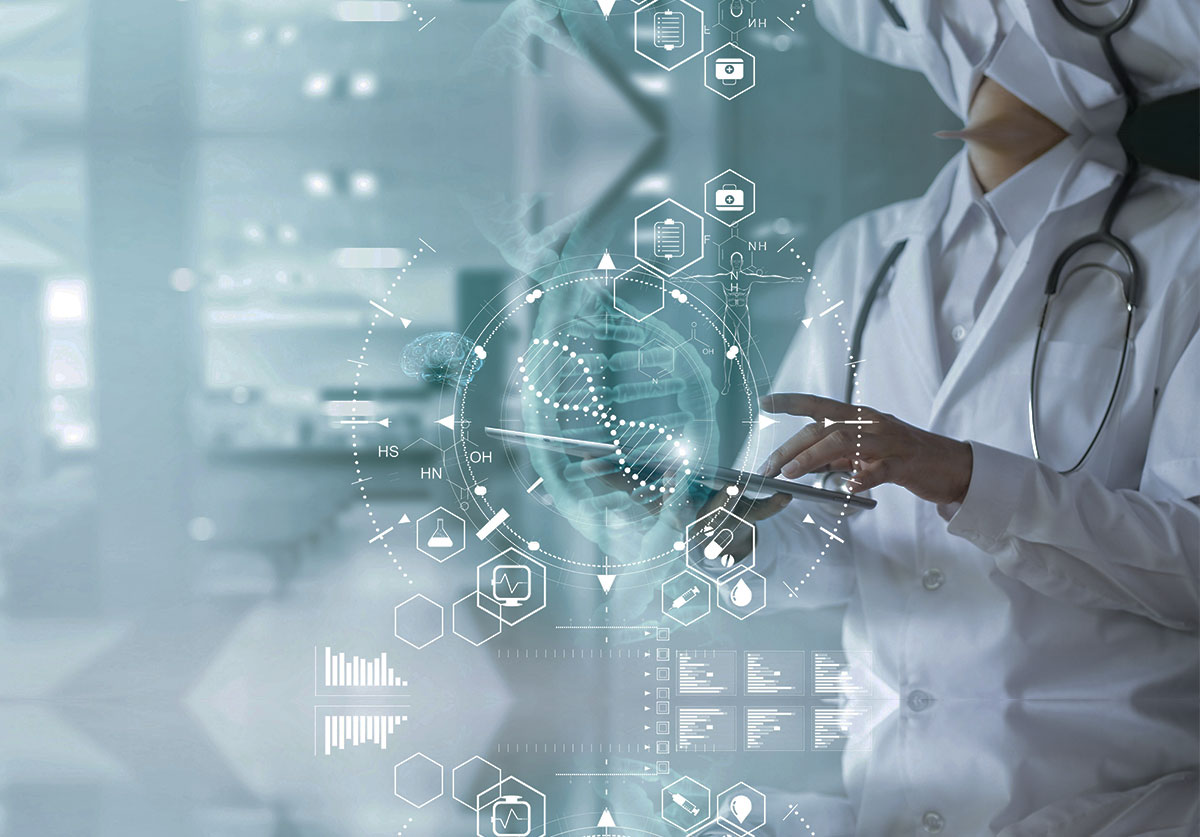The field of diagnostics plays a crucial role in healthcare and medicine. It involves the methods, techniques, and tools used to determine the cause of an illness, infection, or medical condition. Without proper diagnostics, treatments would rely on guesswork, which could lead to incorrect medication, worsening symptoms, or delayed recovery. In today’s fast-advancing medical landscape, it has evolved with innovation, technology, and data science to help doctors make accurate decisions and save lives.
What is Diagnostics?
It refers to the scientific process of identifying diseases, disorders, or injuries in the human body. It involves observing symptoms, performing tests, analyzing samples, and using medical devices to evaluate a patient’s health condition. The goal is to identify the exact problem so that treatment can be effective and safe.
Doctors rely on diagnostics to:
- Confirm medical conditions
- Monitor disease progression
- Evaluate the effectiveness of treatments
- Predict future health risks
Without diagnostics, medical care would be incomplete.
Importance of Diagnostics in Healthcare
1. Helps in Early Detection
Early diagnosis of diseases like cancer, diabetes, and heart conditions allows quicker treatment, which improves survival rates and quality of life.
2. Prevents Complications
Diagnostics helps prevent minor illnesses from becoming severe. For example, detecting infection early can stop it from spreading.
3. Supports Accurate Treatment
Doctors prescribe medicines or therapy only after confirming the cause. This reduces the risks of side effects and wrong treatment.
4. Saves Time and Costs
Timely it avoids unnecessary surgeries, long hospital stays, and expensive medical mistakes.
Types of Diagnostics Used in Healthcare
There are different forms of diagnostics, each with specific purposes.
1. Laboratory Diagnostics
This involves collecting blood, urine, or tissue samples and testing them in a lab.
Examples include:
- Blood sugar tests
- CBC (Complete Blood Count)
- COVID-19 PCR tests
- Liver and kidney function tests
2. Imaging Diagnostics
Imaging uses devices to look inside the body without surgery.
Examples include:
- X-rays
- CT scans
- MRI scans
- Ultrasound
3. Genetic Diagnostics
These tests study DNA to detect inherited diseases and disorders.
They are used for:
- Cancer risk testing
- Prenatal health screening
- Identifying genetic mutations
4. Point-of-Care Diagnostics
These are quick tests done at clinics or at home.
Examples:
- Home pregnancy tests
- Blood pressure monitors
- Glucose meters for diabetes patients
Technological Advancements in Diagnostics
Modern it has become smarter and more efficient due to technology.
Artificial Intelligence (AI)
AI helps interpret scans, detect abnormalities faster, and predict disease risks.
Wearable Health Devices
Smartwatches and sensors track heart rate, oxygen levels, and sleep patterns in real-time.
Molecular Testing
These tests detect diseases at the molecular level, even before symptoms appear.
Telehealth Diagnostics
Remote it through video calls and connected devices is becoming increasingly common.
These innovations make diagnostics faster, more accurate, and accessible globally.
Role of Diagnostics in Disease Prevention
Diagnostics not only identifies what is wrong but also helps prevent future health issues.
- Routine diagnostic tests can detect early signs of diseases like cholesterol buildup or hormonal imbalance.
- Screening tests can identify people at risk of developing health conditions.
- Monitoring tests help patients with chronic diseases manage their condition effectively.
Early diagnosis leads to better prevention and healthier living.
Challenges in Diagnostics
Even though it is essential, there are challenges:
1. High Cost of Advanced Tests
Not everyone can afford MRI scans or genetic tests.
2. Limited Access in Rural Areas
Many regions do not have diagnostic labs or trained medical professionals.
3. Risk of Misdiagnosis
Incorrect interpretation of results can lead to the wrong treatment.
4. Lack of Awareness
Some people avoid tests due to fear or lack of knowledge.
Overcoming these challenges requires education, investment, and government support.
The Future of Diagnostics
The future of this is promising and technology-driven.
- Smart home test kits will become more common.
- AI and machine learning will reduce human error.
- Portable diagnostic devices will reach remote locations.
- Personalized treatment plans will be created using genetic information.
Soon, diagnosing diseases may become faster than ever, sometimes in just minutes.
Conclusion
It is the backbone of modern healthcare. It ensures accurate disease detection, guides effective treatment, and helps prevent complications. With advancements in technology, it is becoming more reliable, accessible, and patient-friendly. Understanding and embracing it is essential for maintaining good health and improving medical outcomes in society.

